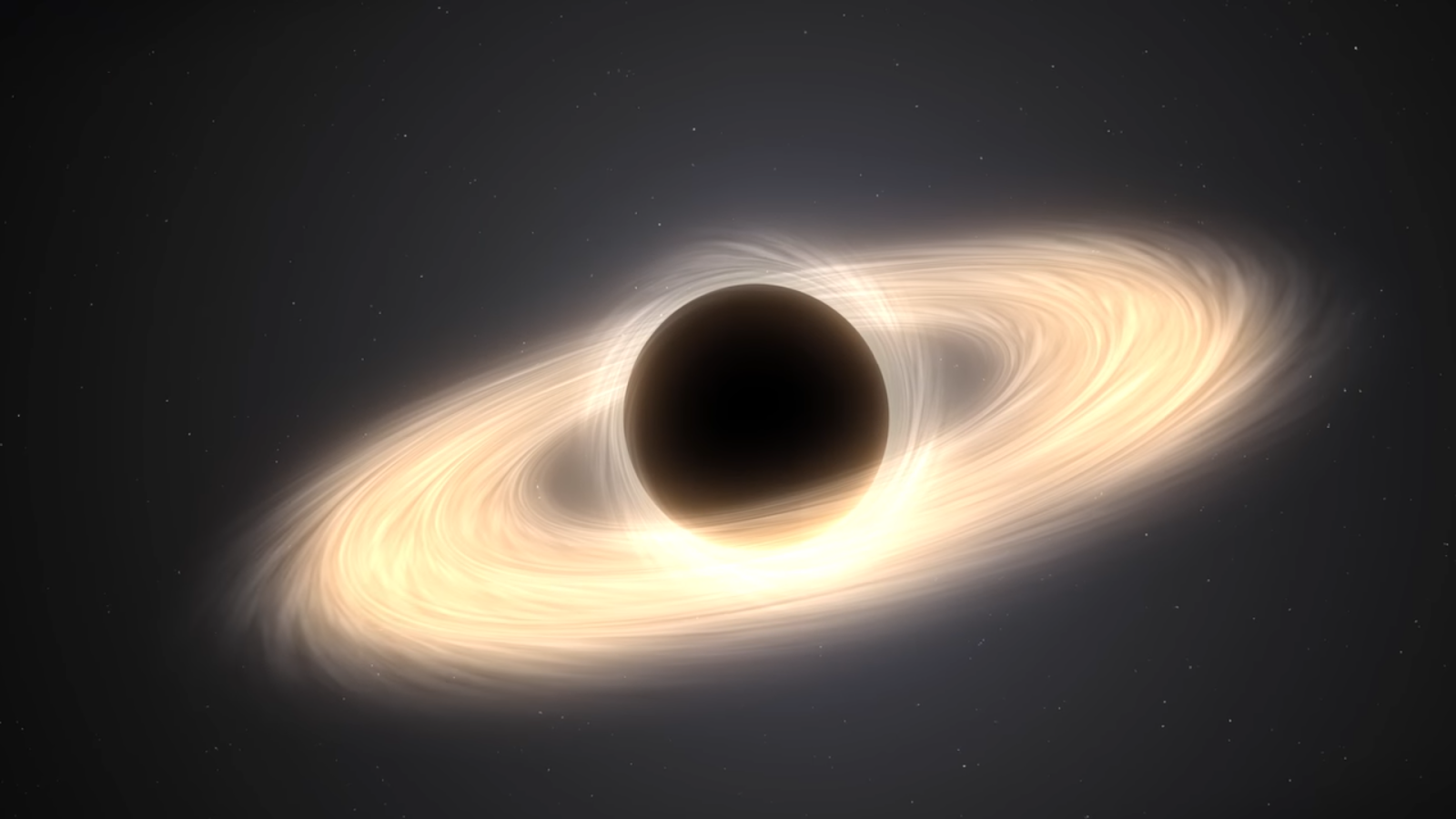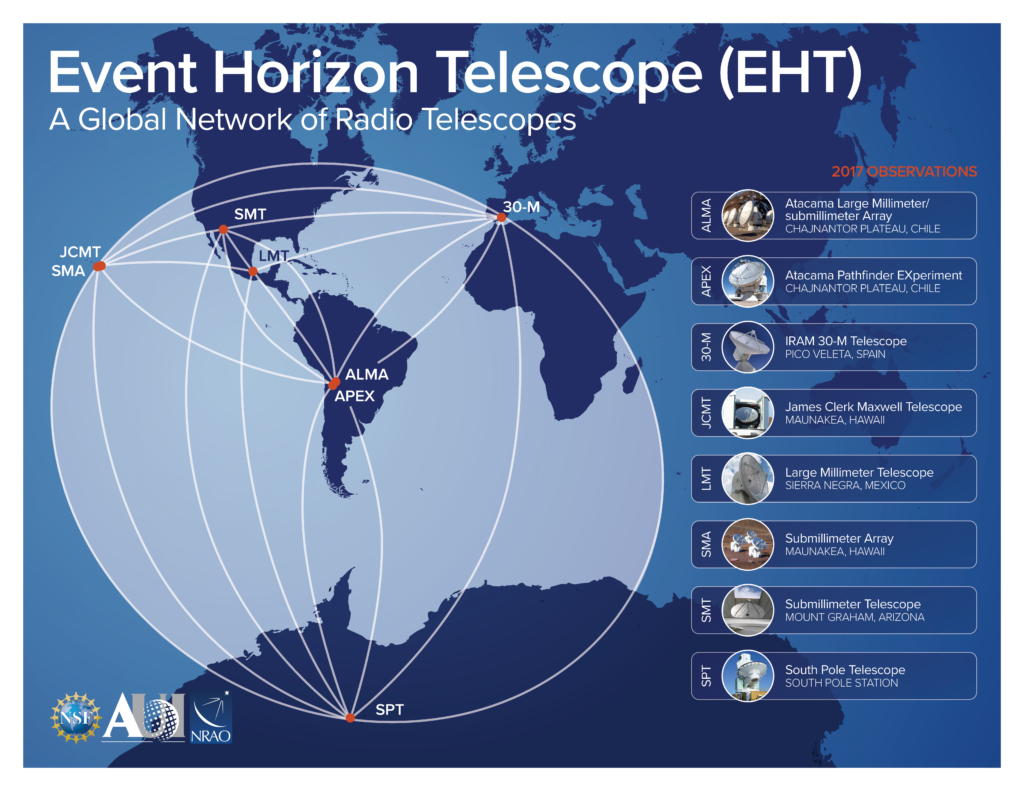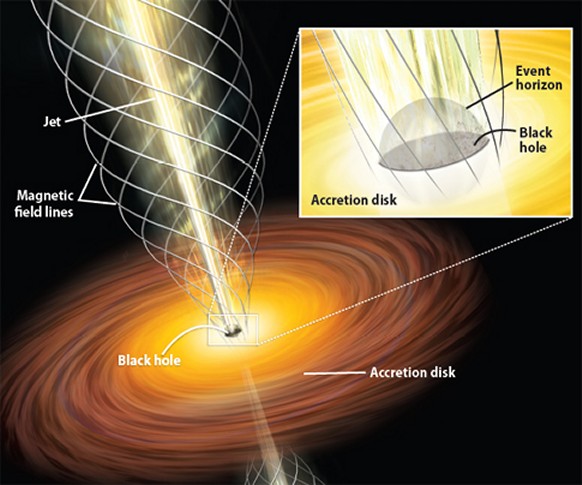The Intricacies of Black Hole Imaging: Understanding the Evolving Science Behind Sagittarius A*
When the first-ever image of Sagittarius A*, the supermassive black hole at the center of the Milky Way, was unveiled by the Event Horizon Telescope (EHT) team, it marked a monumental moment in astrophysics. It wasn’t just the first look at the cosmic behemoth anchoring our galaxy, but it also provided significant insight into how black holes, and their surrounding environments, behave. While the image ignited fascination, it also raised questions about the precision and accuracy of the imaging techniques. This led to a crucial debate in the scientific community, reflecting both the limitations and promise of modern astrophysical methods.
The Role of AI and Statistical Analysis in Black Hole Imaging
At the heart of this groundbreaking accomplishment lies the merging of extensive observational data with artificial intelligence (AI) and statistical reconstruction. The EHT, a collaboration of telescopes across the globe, effectively turns the Earth into a vast cosmic lens. However, even this impressive array has limitations due to its sparse data points, creating gaps in what the telescopes can physically observe. As a result, much of the final image relies on powerful machine learning models and statistical tools, like the Point Spread Function (PSF), to “fill in the blanks.”
Such methods, a combination of observed radio signals and statistical inference, allowed scientists to generate the now-iconic image of a circular “shadow” with bright edges. But as we know from other areas of AI development—both in my work with process automations and in other sectors—a model is only as good as the assumptions it works on. This is where skepticism entered the conversation.
Challenges with the Initial Sagittarius A* Interpretation
While the initial modeling appeared successful, not all researchers were satisfied with its accuracy. One primary concern among scientists is that the statistical tools used—most notably, the PSF—could produce unintended artifacts within the image. For instance, the perfectly circular shadow seen in the Sagittarius A* and M87* images could result from how gaps between data points were filled.
Recently, a team of researchers from Japan’s National Astronomical Observatory re-analyzed the same EHT data using an alternative approach. They incorporated insights from general relativistic magneto-hydrodynamic (GRMHD) simulations and the CLEAN algorithm, which allowed them to process the data more accurately. Their resulting image diverged greatly from the original — showing an elongated, asymmetric structure rather than a circular one. This raised the possibility that the black hole’s accretion disk and the surrounding space might look quite different from popular interpretations.
These discrepancies stem primarily from the intricate physics governing the region near Sagittarius A*. The accretion disk of gas and dust, spiraling at nearly 60% of the speed of light, becomes distorted from the gravitational forces exerted by the black hole itself. The Japanese team’s reconstruction suggests that we might be viewing this superheated matter from a significant angle—perhaps 45 degrees—further complicating the symmetry.
A Tale of Competing Theories
It’s worth noting that both interpretations—the original EHT image and the revised Japanese version—are built upon layers of assumptions and statistical modeling. Neither can provide a “pure” photographic image of the actual black hole, as the limitations of current telescopic technology prevent us from doing so. Instead, we rely on imaging techniques that are somewhat analogous to the process of solving partial differential equations—much like how I’ve previously discussed the visualizations of calculus concepts in one of my math articles [here]. A complex function fills the gap between observed data points to give us a solution, whether that’s a curve on a graph or an image of a black hole’s shadow.
What These Images Tell Us (And What They Don’t)
The true value of these images isn’t solely in their aesthetic appeal or immediate clarity but in how much they deepen our understanding of the cosmos. By examining features like the Doppler shifting seen in the new Japanese images—where one side of the accretion disk is brighter due to its movement towards us—a range of astrophysical attributes can be quantified. The accretion disk’s speed, the black hole’s rotation, and even relativistic effects become clearer.
However, as with all developing sciences, caution is advised. Astrophysical analysis via radio interferometry (the method the EHT uses) comes with many challenges. Despite advanced algorithms trying to fill the gaps in radio frequency observations, they are still open to interpretation errors. As a professional often working with AI and machine learning models, it’s clear to me that statistical models often reveal as many weaknesses as they solve. The tools used by the EHT—or even improved alternatives—are unlikely to provide a flawless image of Sagittarius A* without future technological breakthroughs.
Revisiting the Future of Black Hole Imaging
While the exciting advancements of recent research bring us closer to finally “seeing” what lies at the core of our galaxy, current results are just a piece of the puzzle. Ongoing improvements in telescope technology, combined with increasingly sophisticated machine learning tools, may allow for a more transparent process of data reconstruction. As we fine-tune models, each step sharpens our view of both the immediate surroundings of Sagittarius A* and the physical laws governing these cosmic phenomena.
It’s conceivable that future discoveries will revise our understanding yet again. Just as my previous discussions on autonomous driving technologies illustrate the refinement of machine learning models alongside real-world data, so too might these advanced imaging systems evolve—offering clearer, more definitive glimpses into black holes.
For now, the discrepancies between the varying interpretations force us not only to question our models but also to appreciate the multiple facets of what we understand—and don’t yet understand—about the universe. As more data comes in, future astronomers will likely build upon these interpretations, continually improving our knowledge of the enigmatic regions around black holes.
I have a great appreciation for the era in which we live—where computational power and theoretical physics work hand-in-hand to unravel the deepest mysteries of the universe. It mirrors similar developments I’ve explored in various fields, especially in machine learning and AI. The future is certainly bright—or at least as bright as the superheated matter wrapped around a black hole.
Tune in for future updates as this area of science evolves rapidly, showcasing more accurate representations of these celestial giants.
Focus Keyphrase: Sagittarius A* Image Analysis


